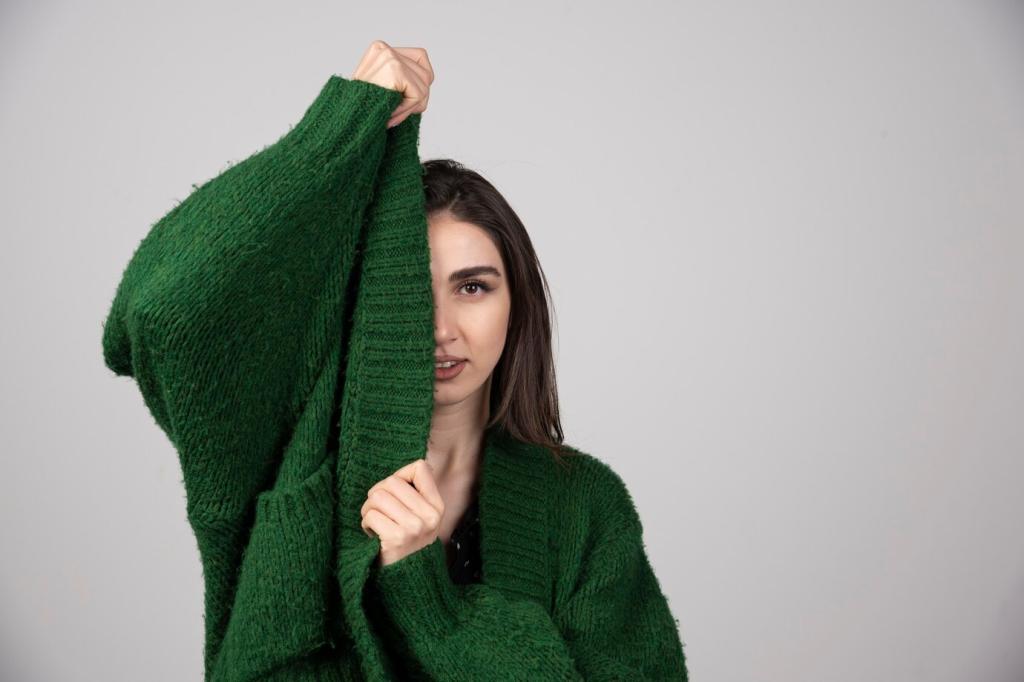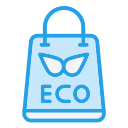
Eco-friendly Materials in Fashion
Eco-friendly materials in fashion represent a transformative approach to clothing production, aiming to reduce environmental impact and promote sustainability. By incorporating organic, recycled, and innovative fibers, the fashion industry seeks to address pressing issues such as pollution, resource depletion, and waste accumulation. This web page delves into the various aspects of eco-friendly materials, exploring their benefits, challenges, and the future of sustainable fashion.
The Rise of Sustainable Fashion
Consumer Awareness
Consumer awareness regarding eco-friendly materials has dramatically increased, influencing purchasing decisions worldwide. With documentaries, social media campaigns, and widespread coverage of environmental crises, shoppers are now more informed about the negative impacts of conventional fashion. This newfound awareness has resulted in greater demand for transparency, urging brands to disclose their material sourcing and production processes. As a result, many have adopted a more honest dialogue with their customers, shining a light on their efforts toward sustainability.
Brand Initiatives
Many fashion brands have embraced the challenge of integrating sustainable materials into their collections. From small independent labels to global giants, the adoption of eco-friendly fabrics has become a top priority. Brands invest in research and development to scout alternative fibers and optimize manufacturing processes to minimize waste. These initiatives go beyond fabric choice and often extend to packaging, transportation, and even take-back programs, fostering a circular approach to fashion.
Regulatory Influence
Governments and international organizations have started to implement stricter regulations to guide the fashion industry toward sustainable practices. Policies on waste management, chemical usage, and emission control are shaping how companies operate, pushing them to adopt eco-friendlier materials and production methods. This regulatory environment not only drives compliance but encourages innovation, as brands develop new solutions that meet the highest environmental standards.
Organic Cotton: A Sustainable Staple
Environmental Benefits
Organic cotton farming consumes less water and leaves a smaller carbon footprint compared to conventional methods. The avoidance of toxic chemicals preserves soil fertility and protects surrounding water sources from contamination. These practices foster biodiversity and promote healthier working conditions for farmers, setting a higher standard for agricultural sustainability within the textile industry.
Social Impact
The cultivation of organic cotton often involves smallholder farmers operating within fair trade cooperatives. By choosing organic practices, these farmers are not exposed to hazardous pesticides, resulting in improved health and well-being. Additionally, many organic cotton initiatives include education and fair compensation, empowering communities and laying the groundwork for long-term social development.
Market Expansion
The popularity of organic cotton continues to rise, with more brands investing in its integration into their product lines. Major retailers now offer collections made entirely from certified organic cotton, highlighting consumer interest in sustainable clothing. As the supply chain strengthens and production scales up, the cost of organic cotton products is gradually becoming more accessible, further driving mainstream adoption.
Recycled Fibers: Closing the Loop
Textile-to-textile recycling harnesses advanced technologies to convert discarded garments into high-quality fibers for new clothes. This process involves sorting, cleaning, and mechanically or chemically breaking down textiles, followed by spinning the feedback into fresh yarns. The development of closed-loop systems is pivotal in reducing dependence on virgin materials and encouraging responsible disposal practices among both consumers and manufacturers.

Animal-Friendly Alternatives
Vegan Leather
Vegan leather options are now crafted from an array of plant-based sources, such as cactus, apple peels, and mushrooms. These new forms of faux leather divert agricultural waste, require fewer chemicals, and produce lower carbon emissions compared to animal hides. The durability and visual appeal of vegan leather make it a versatile choice for everything from footwear to handbags, helping to redefine luxury in the fashion world.
Biosilk and Other Silk Alternatives
Biosilk is produced through bioengineering techniques that replicate the properties of natural silk without using silkworms. Other plant-based or synthetic methods yield silky fibers that match the texture and sheen of traditional silk. These innovations address both animal welfare and environmental pollution, as they avoid harsh processing chemicals and can be manufactured using renewable sources.
Wool Alternatives
Innovators have developed alternatives to wool using recycled polyester, bamboo, and other eco-friendly fibers. These options provide warmth, softness, and moisture management for a variety of uses, from knitwear to outdoor clothing. As awareness of animal welfare and the climate footprint of livestock increases, wool alternatives are gaining traction among both ethical-minded brands and consumers.

Lyocell and Modal
Lyocell and modal are cellulose-based fibers made from wood pulp harvested from responsibly managed forests. Their production uses non-toxic solvents in closed-loop processes, resulting in minimal environmental impact. These fabrics are soft, breathable, and decompose naturally, making them a favorite among sustainable fashion advocates aiming for high-quality, eco-friendly garments.
Bioplastics in Textiles
Bioplastics, derived from renewable plant sources like corn starch or sugarcane, offer a cutting-edge alternative to petroleum-based synthetics. Used for everything from buttons to blended fabrics, bioplastics are formulated to break down quickly after disposal. Their innovation signals a shift towards materials that align with the principles of zero waste and responsible resource use.
Compostability Standards
Industry certifications now help define what qualifies as truly compostable in the context of fashion materials. These standards consider factors such as breakdown time, residue safety, and compatibility with home or industrial composting systems. Brands adhering to these guidelines provide assurance to consumers that their products will not contribute to pollution at the end of their useful lifecycle.
Energy and Water Efficiency in Material Production
Water-Saving Techniques
Technological advancements now allow for the production of fabrics with far lower water requirements. Methods such as closed-loop water circulation, rain-fed agriculture, and dry dyeing processes minimize freshwater consumption. Brands investing in these methods not only lower their environmental impact but also serve as role models for responsible resource stewardship across the industry.
Renewable Energy Integration
The adoption of renewable energy sources in textile manufacturing is on the rise, with solar, wind, and biomass being integrated into energy systems. Factories powered by clean energy substantially reduce greenhouse gas emissions, setting new industry benchmarks. This shift underscores a commitment to climate action that resonates with both consumers and stakeholders demanding greener operations.
Wastewater Management
Eco-friendly material production emphasizes effective wastewater treatment and management. Advanced filtration and closed-loop recycling ensure that chemicals and dyes are removed before water is released back into the environment. Responsible brands frequently showcase their wastewater practices as part of broader transparency and sustainability efforts, fostering trust and reducing pollution risks.
